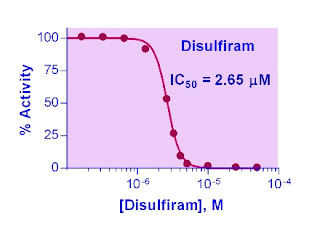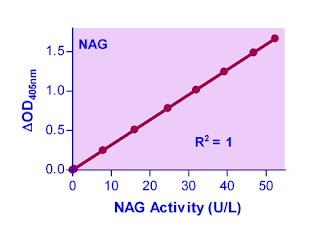About Adipolysis Assay Kit
Adipolysisassay kits are used in order to screen compounds that are involved in lipid
storage as well as are related to metabolism. These contain reagents that are
required in order to induct adipogenesis in an in vitro manner. This releases glycerol that has been accumulated
in stored lipid droplets. This kit also measures the glycerol thus released in
an accurate manner. This product can be described as a total assay that can be
used to study how lipolysis happens in triglycerides. It is also able to
demarcate cells that are like adipocyte. It is also capable of dealing with
quantitation of glycerol that has been released.
Differentiating 3T3-L1 cells
The
Adipolysis assay kit is capable of differentiating 3T3 –L1 cells as well. For
this purpose it uses a procedure that is used quite commonly in adipogenesis
induction. As an end part of this process it collects liquid droplets. It also
uses isoproterenol in the form of a positive control. In this process it
releases glycerol from triglycerides. The kit uses a process of incubation in
order to measure the amount of free glycerol that is there in the cell culture
medium. For this purpose elements such as glycerol kinase, horseradish
peroxidase, and phosphate oxidase are used when colorimetric substrates are
present.
The end result
All
this helps in generating a chromophore that can be detected at 540 nm. The
extent of glycerol that is thus released is related to both the extent of
lipolysis and triglyceride stored. This makes the kit very useful for
investigators that screen compounds thus having an effect on metabolism or
lipid storage.
Benefits of the kit
The
Adipolysis assay kit has sufficient reagents for assaying a single plate of
supernatants containing 96 wells and releasing glycerol in the process. One can
also alternatively assay how liquid droplets have gathered by using either the
Adipogenesis Assay Kit or the Lipid Droplets Fluorescence Assay Kit. One may
also employ the Glycerol Cell-Based Assay Kit in order to study the release of
glycerol.
Why is it important?




Comments
Post a Comment